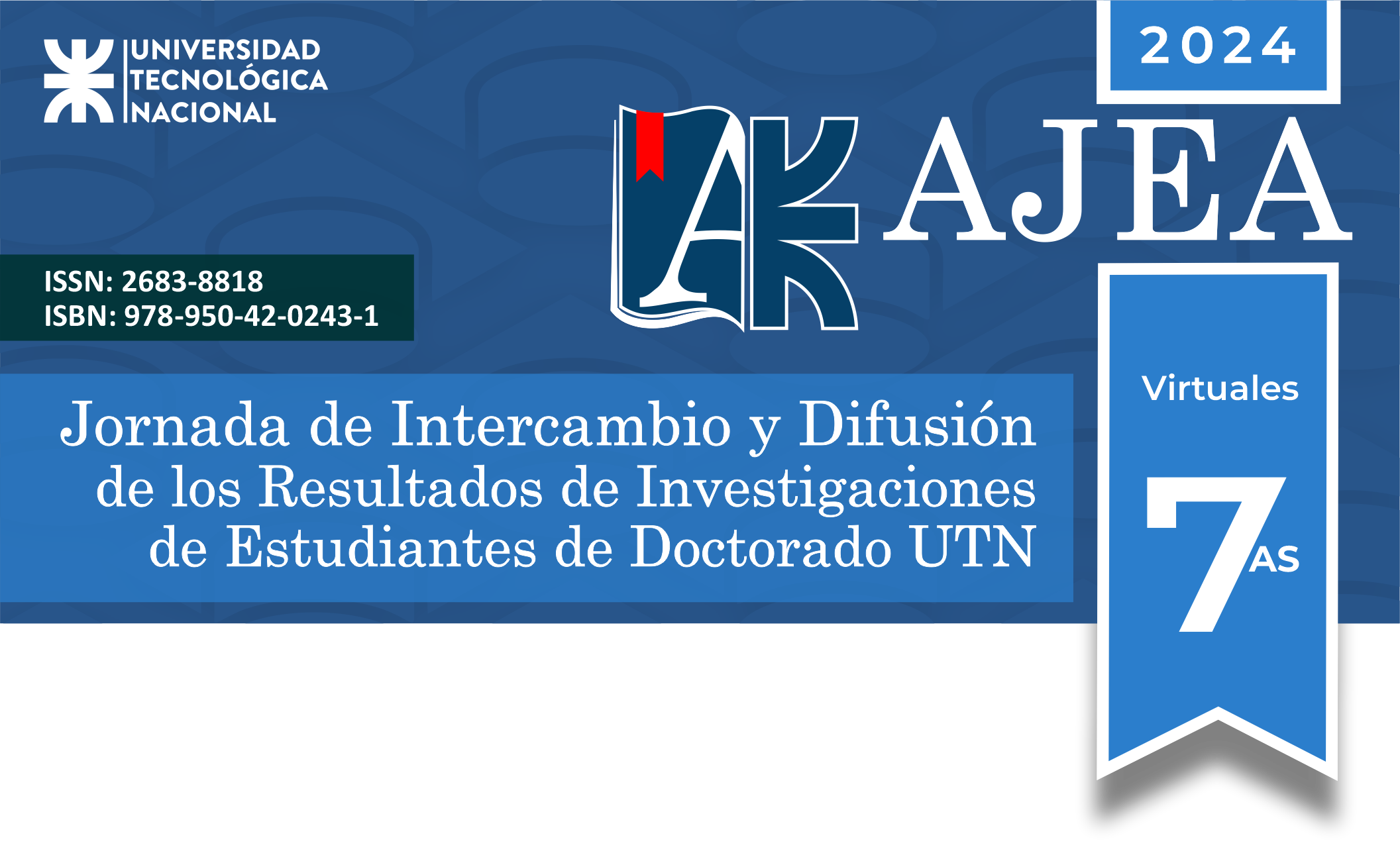Ceramic materials with controlled porosity using waste sawdust from the wood industry
DOI:
https://doi.org/10.33414/ajea.1698.2024Keywords:
Biomass, Residues, Sawdust, CeramicsAbstract
The objective of this work is to study the addition of pine sawdust to clay mixtures used in the manufacture of ceramic materials, and to analyze the influence of these aggregates on the properties of the obtained bricks. The production conditions were: uniaxial pressure at 25 MPa of clay-sawdust mixtures, with additions of 5% to 30% by volume, and 8% of water, in 70 mm x 40 mm molds, resulting in thicknesses of c.a. 15mm. The samples were heat treated at 1000°C for 3 hours. The obtained products present a homogeneous reddish coloration and a well-defined structure without shelling. Their properties are within the values required for their use as building bricks. The porosity obtained in these ceramic pieces increases proportionally to the amount of pine sawdust added to the mixtures. The pore sizes have been analyzed taking into account the distribution of aggregate particle sizes, determining a ratio between pore size and particle size of 60-70%.
Downloads
Metrics
Downloads
Published
How to Cite
Conference Proceedings Volume
Section
License
Copyright (c) 2024 Juan Pablo PASQUINI, Doctorando; Nancy Esther QUARANTA (Director/a); Gisela Guadalupe PELOZO (Codirector/a)

This work is licensed under a Creative Commons Attribution-NonCommercial 4.0 International License.










